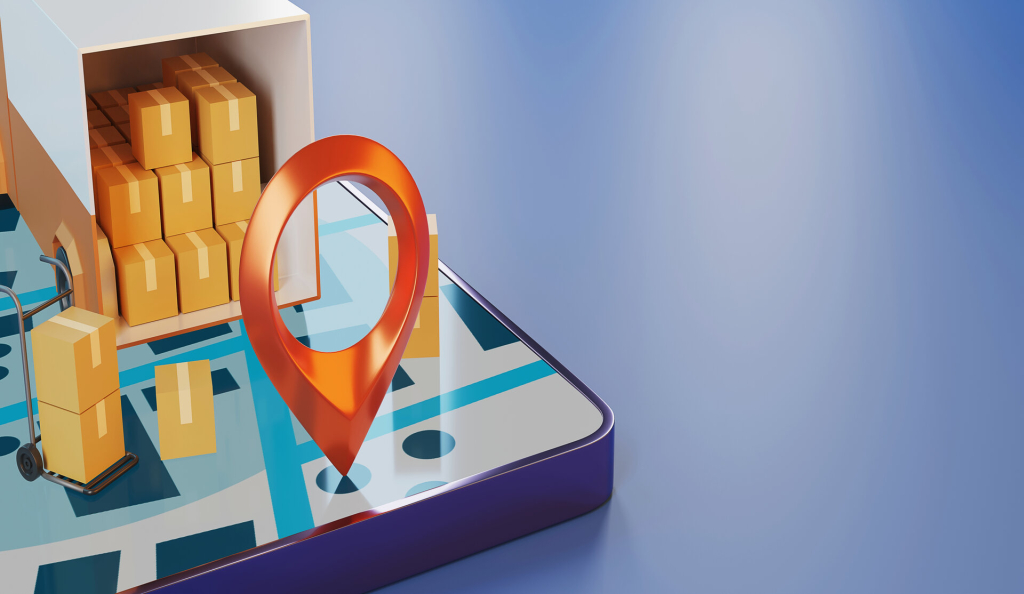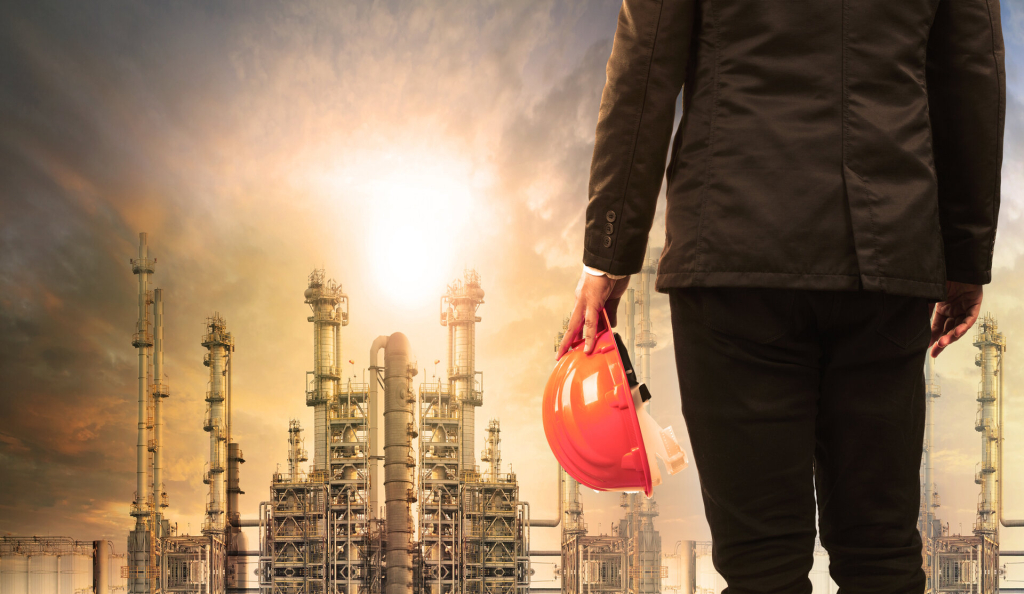Interdisciplinary competence, essentially in the service of archaeology and the history of technology. The practical basis for archaeometallurgical research and services is the complex archaeometric analysis of archaeological finds related to historical metal technologies, as well as reconstruction experiments in period contexts and in workshop laboratories. Using the results of these studies, and by synchronising the relevant archaeological and historical knowledge, it is possible to describe contemporary metal technologies, to establish the qualities of materials of the period, and possibly to solve problems of categorisation and provenance. The Archeometallurgical Research Group of the University of Miskolc (ARGUM) is a competent partner.
Services
– Archaeometric material analysis and evaluation
– Preparation of archaeometallurgical reports
– Conducting and evaluating laboratory-based workshop experiments and outdoor reconstruction experiments
Tools
– Chemical and mineralogical composition equipment (ED-XRF, AAS, GD-OES, ICP-OES, XRD)
– Equipment for microstructure, qualitative phase analysis and mechanical properties (optical microscopes, SEM-EDS, XRD, hardness testers)
– Instruments and equipment for reconstruction experiments (furnaces, retorts, fans, temperature gauges, gas samplers, etc.)
References
– Pázmány Péter Catholic University, Budapest – complex archaeometric analysis of 8th-11th century double-edged swords, archaeometallurgical and technical-historical expertise
– Institute of Hungarian Studies, Budapest – Complex archaeometric investigation of Iron Age iron objects, technical expert opinion and compositional analysis of non-ferrous metal objects.
– Herman Ottó Museum, Miskolc – Archaeometric investigation of Celtic slags and iron buca fragments and archaeometallurgical expertise
– Hungarian National Museum, Budapest – XRF analysis of silver coins of the Western Silver Age of the Conquest Period, expert opinion on relatedness and provenance
– University of Szeged, Szeged – Archaeometric analysis and expert opinion of Tatar Iron and copper alloy finds
– Móra Ferenc Museum, Szeged – Archaeometric material analysis and archaeometallurgical evaluation of precious metal and iron objects from the Árpád period
– Centre for Astronomy and Earth Sciences, Budapest, Hungary – X-ray diffraction analysis of Roman silver objects to reveal residual stress and microstructural characteristics, interpretation of the results from an archaeometric point of view.
– Katona József Museum, Kecskemét – Archaeometric material analysis and technological-technological-technical-historical evaluation of 13th c. iron swords and bronze daggers
– Ásatárs Ltd. Kecskemét – Complex archaeometric examination of Early Iron Age smelting and forging moulds, archaeometallurgical expertise
– Leibniz Institut für Geschichte und Kultur des östlichen Europa (GWZO), Leipzig – Complex archaeometric investigation of large iron ingots, iron shapes and iron objects from the Late Roman period, related reconstruction experiments, preparation of a summary archaeometallurgical report.
– St. Stephen the King Museum, Székesfehérvár – Archaeometric examination of Avar scales and preparation of a technical report on the history of preparation
– Hungarian National Museum, Budapest – Complex material analysis and archaeometallurgical evaluation of Scythian iron weapons
– Pázmány Péter Catholic University, Budapest – Archaeometallurgical and technical-historical examination of bronze and iron objects from the Crusader fortress of Al-Marqab, Syria, and expert opinion on the preparation technology.



